
Kevin Miyazaki
‘Echo’ is a new body of work that investigates family history by addressing issues of migration, memory and place. In making the work, I’m interesting in finding connections - however small or large - to my ancestry and ethnicity. My maternal great grandparents and paternal grandparents emigrated from Japan to...
‘Echo’ is a new body of work that investigates family history by addressing issues of migration, memory and place. In making the work, I’m interesting in finding connections - however small or large - to my ancestry and ethnicity.
My maternal great grandparents and paternal grandparents emigrated from Japan to Hawaii and Washington state, respectively. I was born and raised in the American Midwest, often the only face of color in an overwhelmingly white suburban setting. My interest in family history stems from this upbringing, but is fueled by compelling stories of migration, personal struggles and accomplishments within my family. My great grandfather Saburo Hayashi became a pioneer in the fields of medicine, education and journalism in Hawaii - the series title, ‘Echo,’ is taken from the name of the Japanese and English language newspaper he began publishing in 1897. And my father, an American citizen born in Tacoma, Washington, was incarcerated with his family in camps for Japanese Americans during World War II.
The photographs in ‘Echo’ are a mix of newly created images with others from family archives, made in Hawaii, Wisconsin, Minnesota, Washington state, Ohio and Japan. The diptych format references the physical structure of a family photo album and pairs images that hold deep personal meaning, but often have unidentifiable connections. I’m interested in how family photo albums, particularly when viewed generations later, can hold both fact and mystery. They often present persons and places both known and unknown, and can be both clarifying and inconclusive.
Though the images and stories contained within this series are personal to my experience, it’s important to me that the work be seen as representative of other American tales, with elements of immigration, discrimination, forced migration - and ultimately the successes and failures that have come to define the American experience.
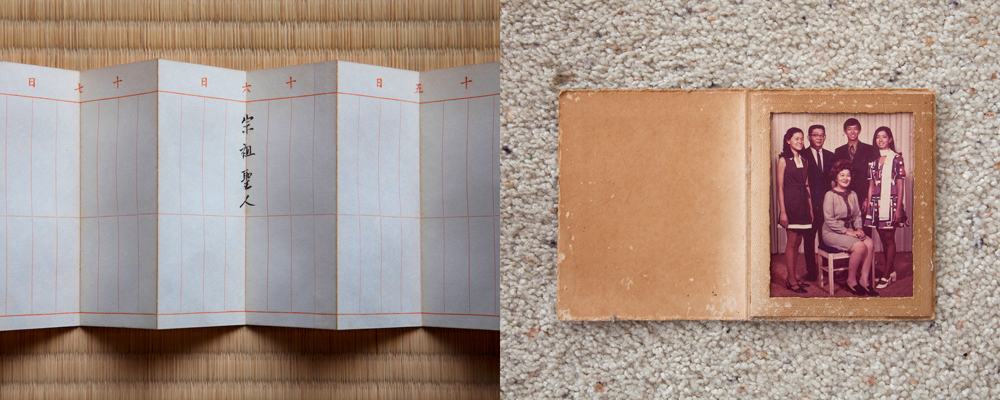
Family koseki (left), Aunty Lyn and the Hilo cousins (right), 2015
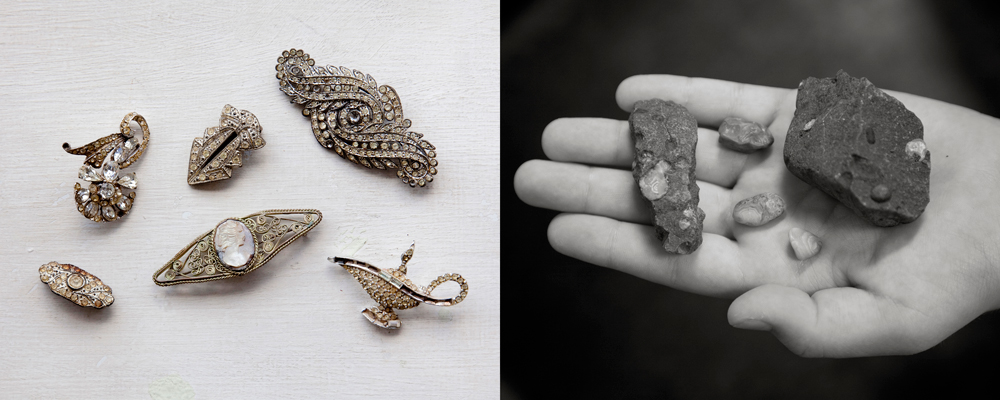
Great Grandma Hayashi's brooches (left), Zenya's agate collection (right), 2015
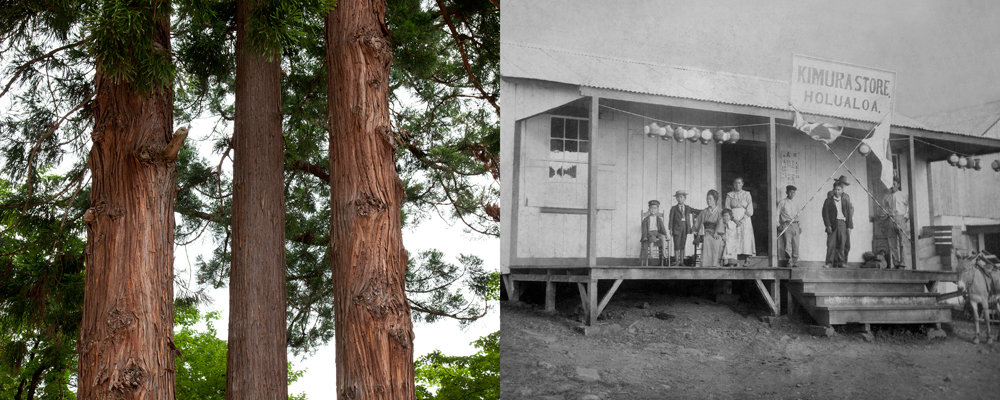
Three trees in Aizu Wakamatsu (left), Kimura store in Holualoa (right), 2015
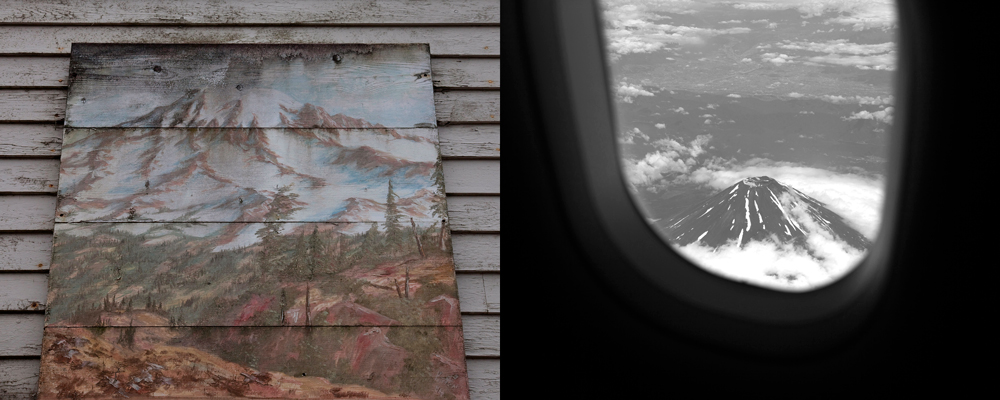
Dad's Mt. Rainier (left), Mt. Fuji (right), 2015
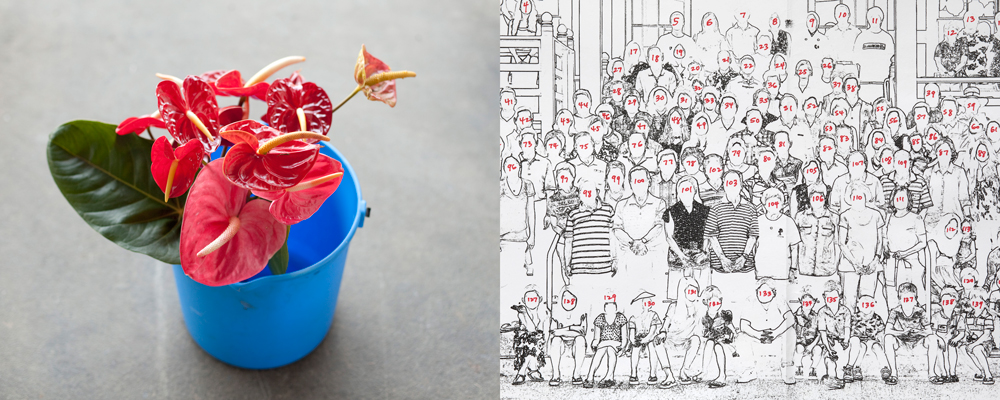
Flowers for Uncle Hide (left), Family reunion at Daifukuji Temple (right), 2015
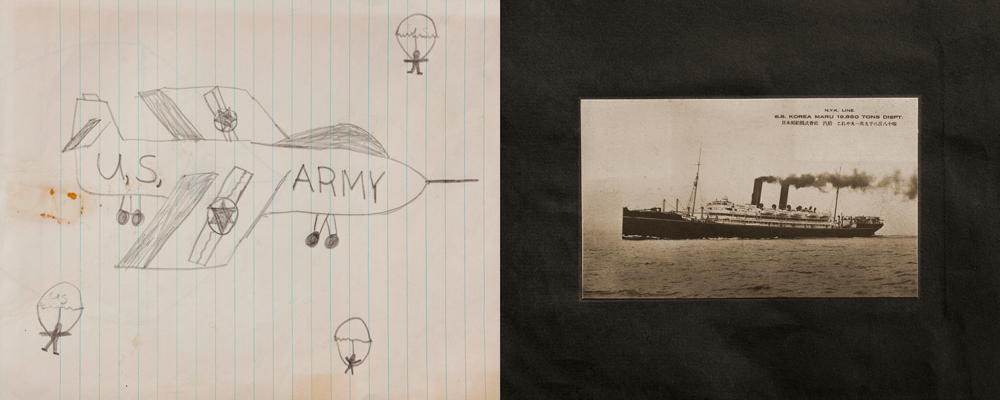
Early patriotic drawing (left), Steamer from Yuki's album (right), 2015
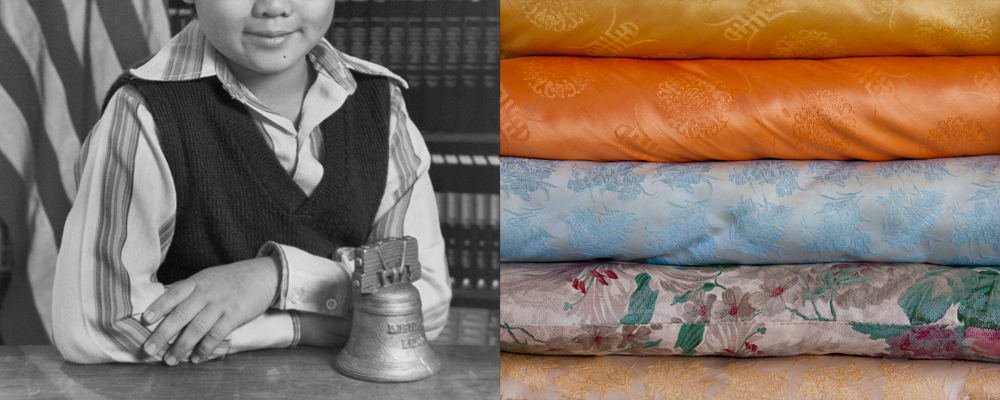
Third grade class picture (left), Aunty Loraine's zabuton (right), 2015
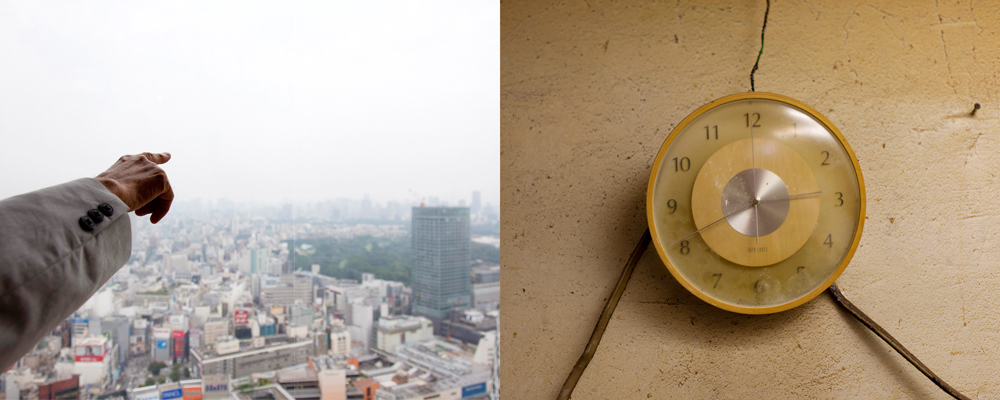
Mr. Takiguchi points (left), Clock, Suetake bakery kitchen (right), 2015
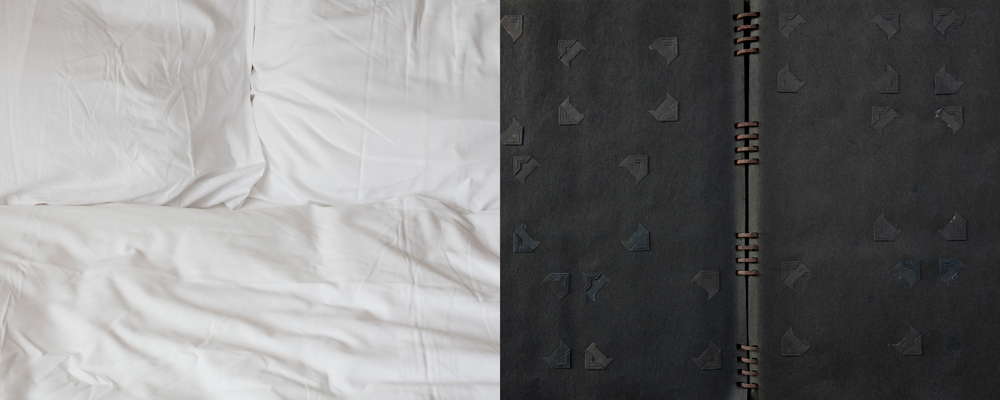
Bed, first morning in Japan (left), Millie's album, Holualoa (right), 2015
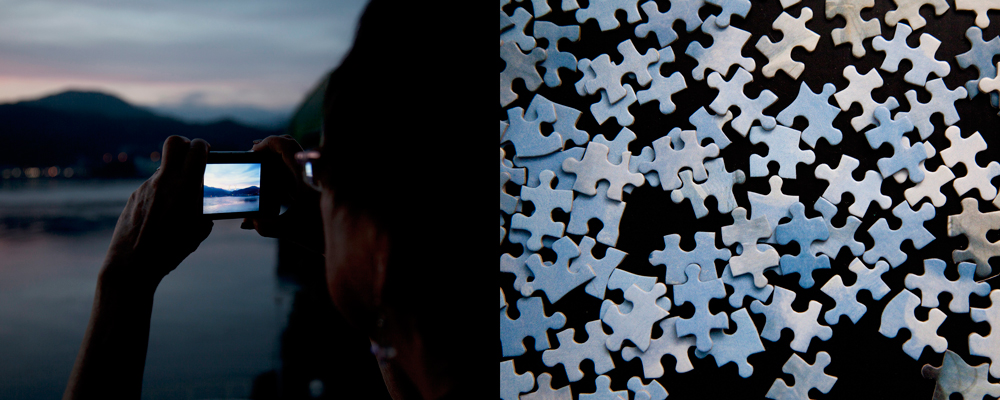
Mom photographing the island (left), Puzzle at Kurt and Ruth's (right), 2015



